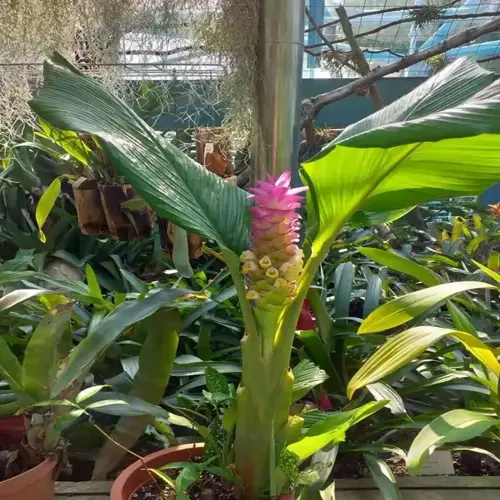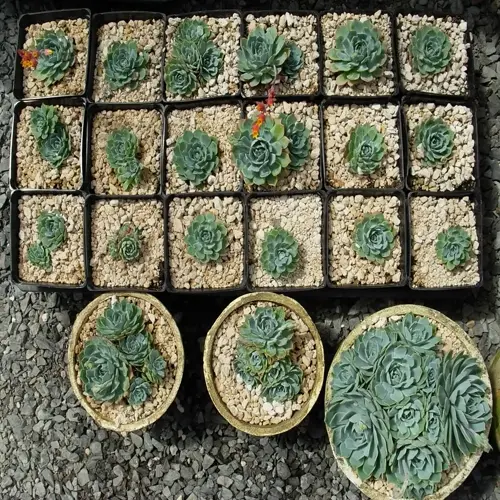What is the most common repotting mistake?

Written by
Michael Sullivan
Reviewed by
Prof. Charles Hartman, Ph.D.Selecting a pot incorrectly is the number one and most detrimental mistake I see gardeners make repeatedly. Choosing based on appearance rather than function will stunt root development. I've saved many plants from being damaged by huge decorative pots holding too much moisture at the roots. Once you understand these important criteria, you can avoid long-term damage.
Size Mismatch
- Oversized pots retain excess moisture
- Cause root rot by creating anaerobic zones
- Solution: Increase diameter only 1-2 inches
Drainage Failure
- Pots without drainage holes suffocate roots
- Lead to salt buildup and oxygen deprivation
- Solution: Use cache pots or drill holes
Material Issues
- Wrong pot materials affect moisture control
- Porous terra cotta dries fast for succulents
- Solution: Glazed ceramic for moisture-loving plants
Contamination Risks
- Reusing unsterilized pots spreads disease
- Fungal spores survive in old soil residues
- Solution: Soak in 10% bleach solution
Although they are decorative, drainage remains crucial for healthy plants. I have cache pot systems for decorated pots that do not have holes in the bottom. Place the plastic nursery pots into the decorative cache pots. You can keep both function and style! However, after watering, always drain the surplus water so that the roots do not suffocate.
The selection of materials has an immediate effect on plant survival through moisture regulation. Make sure that pot porosity meets the needs of your plants: terra cotta for your cacti; plastic for your ferns. My string of pearls prefer porous clay, which prevents roots from being wet at all times. You create optimal conditions for your plants by knowing the materials and evaporation rates.
Sterilize pots between uses to eradicate concealed dangers - let containers soak in bleach solution for 30 minutes, then rinse thoroughly. I had a collection fall to fungus before adopting this strategy. This way, you also safeguard new plants from pathogens that may be hiding in old soil debris. This step goes a long way toward preventing a disastrous case of cross-contamination.
Read the full article: How to Repot Plants: 10 Essential Steps

